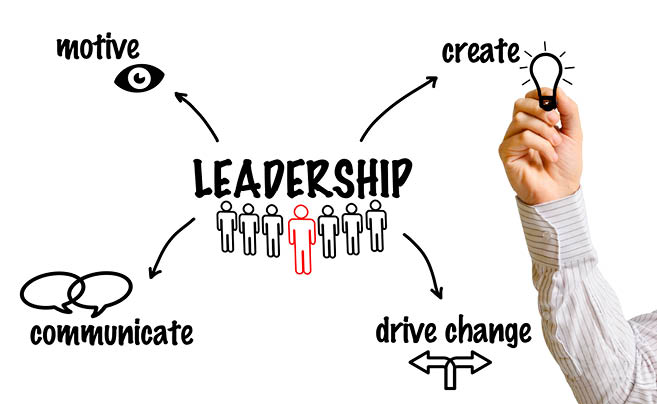In the fast-changing technology industry, business leaders are constantly facing new challenges. Today, a key challenge for every leader is to balance their professional standing with the growth of their business.
That’s where the saying ‘a business cannot outperform its leader’ comes into play. For leaders across every industry, this saying has become more than a philosophy: it’s a strategic tool.
If taken on board, this statement can be springboard for profound change. It can apply to any leader, from board members to executives to managers. But most of all, it applies to the leader of the business: the CEO.
CEOs set the bar for their business and team, be that the culture, risk appetite, customer service or overall performance.
However, CEOs are as responsible and accountable for the unmet potential of the business as they are for its successes.
Ask yourself: are you holding your business back?
This is a confronting question. It’s unlikely that you are intentionally holding your business back; but your mindset, values, risk appetite and belief systems may be limiting potential growth.
Leaders will often say that there are times when external forces impact business, which is outside of their control. While this is very true, leaders are responsible for how their business responds and adapts to change.
When it comes to harnessing change, employees often look to their team leader for advice and guidance. They then model their behaviour accordingly.
If a leader’s behaviour is setting limits on the business, and therefore driving a limiting culture, their staff will model this. They become unlikely to push the boundaries, innovate and drive the business forward.
How to improve:
CEOs and leaders, here are four ways you can adapt to new ways of thinking and improve business performance:
- Accept that you set the bar. Once you recognise this, you can look at what’s working and what’s not working in your organisation’s internal structures. Look at what’s holding the business back and what role you personally may be playing in this process. Once you have identified the problem, you have a significant part to play in driving change. Positive transformation can only happen with strong leadership at the forefront.
- Don’t hold others back. It’s important for leaders to recognise that you can’t possibly manage everything. You need to employ great people, empower them, and encourage them to take initiative in their roles. Independent and autonomous employees will think in innovative ways and lift your business to new heights. Although it’s important for leaders to set the framework, if you get too involved or try to micro-manage, you are likely to limit the success of others, based upon your own limitations.
- Strive for continuous improvement. Leaders, you need to constantly be growing if you want your business to grow. This is not limited to the technical or leadership aspect of your business, but also your emotional intelligence and interpersonal skills. Strive to become the best, most grounded, self-aware and empathetic person that you can. In doing so, you will form stronger relationships with your employees and propel your business forward.
- Stay connected with others. It’s important to have a peer group that you regularly meet with, where you can share new ideas and ways of thinking. By doing this, you can get real and honest feedback from people you trust. The challenge for leaders, and CEOs in particular, is that it’s rare for people to speak up when they disagree, or tell you when you are doing something wrong, because they are afraid of the implications. This is not a healthy environment, as leaders need constructive feedback as much as anyone else.







